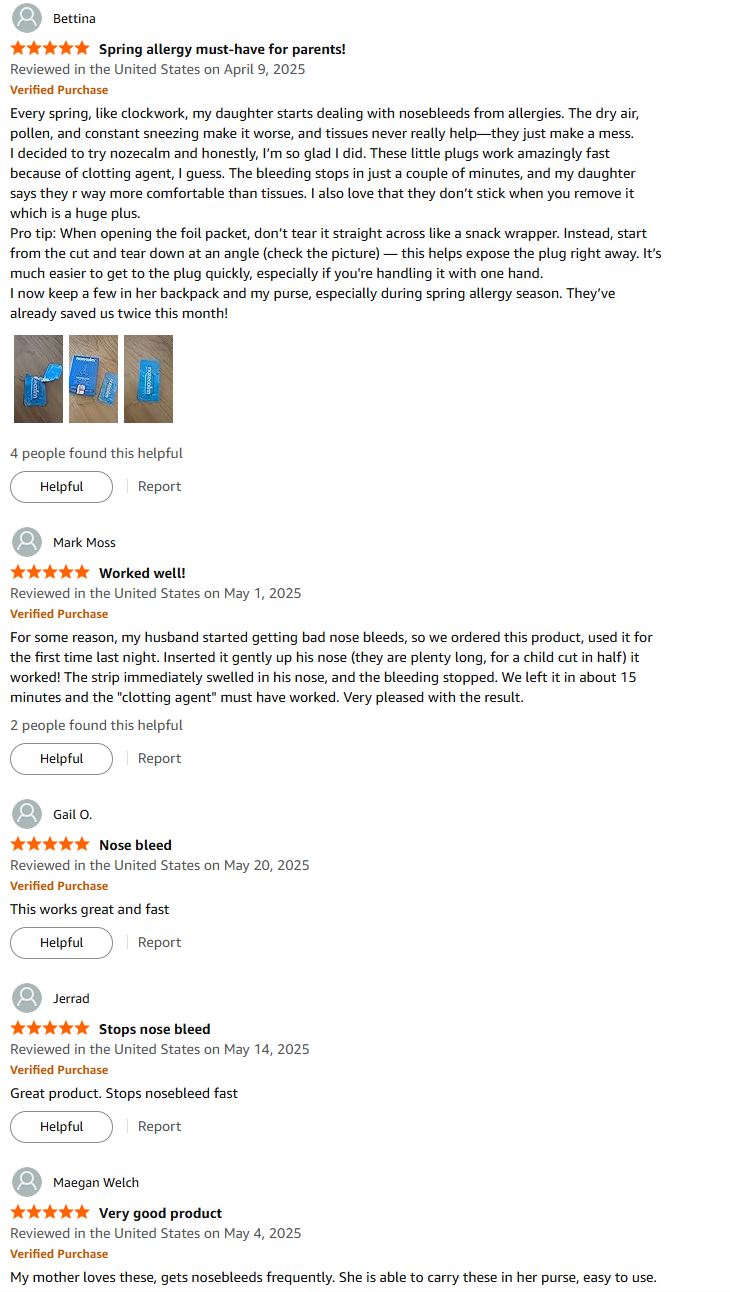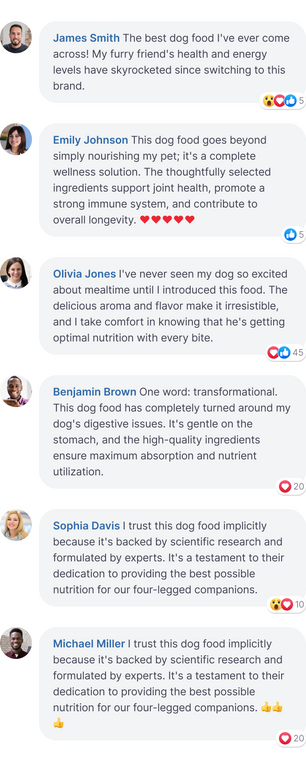3 Best Ways to Deal with a Nosebleed (and the #1 Tool You Should Always Have on Hand)

Understanding Nosebleeds: Causes and Concerns
Immediate First Aid: What to Do When a Nosebleed Starts
Use a Reliable Nose Bleed Stopper
Preventative Care: Keeping Nasal Passages Moisturized
Additional Management Tips & When to Seek Medical Help
Conclusion
Real Experiences with NozeCalm™


Frequently Asked Questions












